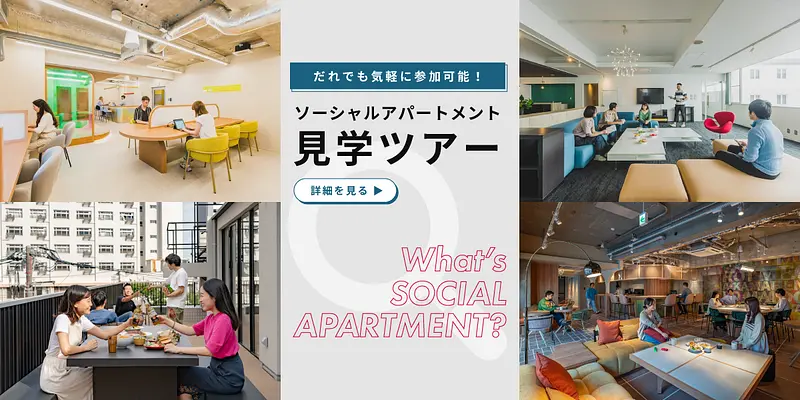Circle Creators] Taste of Home Connects Circle of Neighbors|Neighbors Kasai

Social Apartment is a rental apartment that combines the social interaction of a share house with the private space of living alone.
Social Apartment has a unique feature called "Circle," which connects residents beyond the boundaries of the property. This function is available on the "Neighborland" application for residents only, and allows residents to expand exchanges based on hobbies and interests beyond the borders of the property. ( For more information on the Circles function, click here.)
This is the first installment of a new project [Circle Creators], in which we interview organizers who have launched a circle.
This time, we will try "Chinese Cooking Challenge," which includes roasted whole carp and stir-fried crayfish! We spoke with Mo Yu of Neighbors Kasai, which runs the Circle!
In this article, we will look at Ms. Mo's thoughts on Chinese cuisine and the appeal of the circle's activities.

This article will focus on Ms. Mo ' s passion for Chinese cuisine and the appeal of Circle activities .
Mo: My name is Mo Yu. I am from Chongqing, China and work for an IT company. I have been living in Japan for 3 years and have been moving into Neighbors Kasai for 1.5 years. I moved in almost as soon as it opened.
-What made you decide to move into Social Apartment?
Mo: I was living alone before I moved into Social Apartment, but I decided to move in because there is a working space where I can make progress with my work and to study Japanese.
I thought, "If I'm going to live in Japan, why not jump into a Japanese-only environment and experience more of the real Japanese culture and way of thinking?" I thought, "If I am going to live in Japan, I might as well jump into a Japanese-only environment and experience more of the real Japanese culture and thinking.
It turned out to be a great decision, and I am forced to use Japanese in my daily life, and I think my Japanese has improved a lot compared to before I moved in... What do you think? LOL!
Addictive spicy and regional Chinese cuisine

-I was surprised at how good your Japanese is! By the way, what kind of place is your hometown?
Mo: Chongqing is a city located in the southwestern part of China, surrounded by mountains. It is about one-third the size of Japan and is the most populous city in China. It is a popular spot for domestic travel, and is so famous for its hot pot that people say Chongqing is the city of hot pot.
-Even I, who am not familiar with Chinese cuisine, have heard of hot pot!
Mo: Since I was a child, hot pot has been my favorite meal out, but of course it was spicy at first (laughs). I had to water down the spices until I got used to the spiciness, but as I ate it over and over again, I grew to like the spiciness more and more. I guess spiciness is addictive, isn't it? It's addictive, isn't it?
-Mo, I was relieved to know that you have been good at spicy food since you were a child (laughs). Do you sometimes cook for yourself?
Mo: I often cook by myself. In Chinese food culture, there are many dishes that are made in large quantities at one time or are supposed to be shared with others, so I sometimes serve them to other residents. You may not cook too much just for yourself.
-I think the other residents will be happy to have authentic Chinese home cooking!
Ms. Mo: Everyone is happy every time. One of the residents who is a good cook served home-cooked meals, which inspired me to start sharing my cooking with them. I even held a cooking class for popular dishes (laughs).

-I have the impression that Chinese cuisine cannot be lumped together, but what are the differences?
Mo: China is a large country with different climates and topographies, and different food cultures. From my personal perspective, for example, Sichuan cuisine is characterized by its spiciness with stimulating spices such as sansho (Chinese pepper), and is famous for its tanmen (noodles) and banban ji (chicken sticks). Cantonese cuisine is characterized by dishes that make the most of the flavors of the ingredients, and dishes with sweet flavors, such as vinegared pork with pineapple and crab balls, are characteristic of this cuisine.
No matter which part of China you visit, you can enjoy a wide range of Chinese cuisine, and you will miss Chinese food other than hot pot.
I also try dishes that make me say, "What the heck is this?" I challenge myself to try dishes that I have never tried before. Seeking the fun of eating together (challenge)

I could feel that Mo-san values "eating Chinese food. Challenge Chinese Cooking!" Please tell us about your circle's activities.
Mo: Our activities are to enjoy the real taste of Chinese cuisine that I choose and Asian cuisine restaurants around China. Since the Circle function was released, we have been holding this event once a month, and the next one will be our fifth. To my own surprise, I noticed that the number of registered Circle members exceeded 50!
-Over 50 people is amazing! I wonder what kind of "serious Chinese cuisine" you have tried so far!
Mo: We have tried not only hot pot, but also roasted whole carp, stir-fried crawfish, pre-hatched chicken eggs, and a one-pot dish called tetsu nabe tong (iron pot)! Perhaps some of the visuals of the dishes may be surprising to some of you, but when you try them, they are surprisingly delicious (laughs).
The participants ranged from those who were familiar with Chinese food to those who had never had it at all, buteveryone had a great reaction every time (laughs).

-All of these dishes are hard to imagine in a flash (laugh). Did the participants like the food?
Mo: Everyone eats the food with relish every time, saying "spicy, spicy," but they are afraid to try dishes that they have never eaten before. That moment is the most exciting and makes me laugh out loud every time (laughs).
(Laughs) When things get exciting, even people who have never met before can relax and talk with each other, so I am happy to see everyone enjoying conversation over a delicious meal.
-I think it must be a little scary to be exposed to a new cuisine, but at the same time, it must be exciting! What was the reason for starting the "Challenge Chinese Cooking! What was the impetus for starting the club?
Mo: Living in Japan, there are times when I miss the flavors of my hometown. This is not only for local home cooking or hot pot, but for authentic "Chinese food" in general. I realized that if you go with a large group, you can order a lot and it is more fun than eating alone. It was something as simple as that that started the whole thing.
At first, I involved the resident members of Neighbors Kasai, but when the circle function was released, I wanted to interact with the residents of other properties as well. I thought that by adding more variety to the types and quantities of dishes to try, more people might become interested in the activities, so I decided to start a Circle.
-I see! You mentioned that many Chinese dishes are designed to be shared by a large group of people.
Mo: At the most recent event, we were able to gather more than 10 people, so we can eat a lot (laughs) and make more friends!
So far, people from Neighbors Higashi Jujo, Social Apartment Oizumigakuen, Neighbors Kikuna and Entwine Asakusa and many other properties have joined us.
We have also held a hot pot party at Neighbors Saginuma, which gave us a chance to visit other properties. I am very happy that our activities have led to a further expansion of our circle of friends!
-I am very happy that the activities that I have planned have triggered new exchanges. Do you have any particular points in organizing your circle activities?
Mo: I am particular about creating an atmosphere where even first-timers can feel free to participate, and also about creating a food selection that is intriguing and makes people say, "What is this? and selecting dishes that are intriguing!
We post photos and activity reports on the bulletin board of the Circle function to convey the fun of the event, and we usually communicate in a LINE group so that people can easily participate. We want people to feel the atmosphere of the Circle through our interactions.
When trying something new, I feel that if the rules are too strict, it raises the hurdle to participation, so I place importance on communicating "let's have fun together"!
-that's exactly what I thought when I saw the Circle's activity report (laughs). 'What the heck? Looks like fun!"
Ms. Mo: Thank you very much! Chinese food is my identity, so when I see how everyone eats it for the first time and their reactions of "Delicious! I think I enjoy seeing how people eat it for the first time and seeing their reactions, and then telling them about it.
I would like to convey the charm of Chinese cuisine to those who are not familiar with it, and I would be happy if they become more familiar with it through my participation in the activities.
Participation Report: Now it was time to go to the fifth activity, "Eating 12 kg of roasted whole lamb!

As I listened to the story, I, who was not familiar with Chinese cuisine, was drawn to the unknown world and decided to participate in the 5th activity! Here is a brief report of the event.
This time, the event was held at "Suyorit: Cuisine of the Steppes," a lamb-centered Inner Mongolian restaurant in Kagurazaka. The owner of the restaurant, who is from Inner Mongolia, offers authentic tastes using cooking methods passed down from generation to generation! One of the charms of the restaurant is that the third floor of the restaurant depicts the steppes of Inner Mongolia.
The number of participants is anxiously awaited: 12 people! We had participants from Neighbors Kasai, Neighbors Saginuma, Neighbors Ukima Koen, Social Apartment Nishi Ogikubo, and many other properties.
By simple calculation, each person had to eat 1 kg of food to finish the meal!

The first dish was a cold dish of Japanese leeks. Suna-negi is the only vegetable that grows in the grasslands of Inner Mongolia, and it is called "Suna-negi" because it can grow even on dry land.

Then, the main dish, roasted whole sheep, was completed. The restaurant staff cut the whole roasted lamb into pieces for each part right in front of you. It was much larger than expected, and everyone was desperate to get a picture of it.


Personally, I have the impression that lamb has a relatively strong smell, but the whole roasted lamb I tried this time was easy to eat without any peculiarities at all. Eating it with different flavors of spices and sauces kept my chopsticks going without getting bored at all. I thought the front legs were especially good to start with because of their light flavor and low oil content.
When you are full and can't eat any more, another portion is added! Just when I was about to say, "I'm too full to eat any more," another part was added! It seemed to be a part that is not often eaten, so we decided to eat it by a vote. It was the most exciting part of the party!

Some people ordered "banyushu," a brew made from horse's milk, to accompany the roasted whole lamb. It was a rarity, so we all passed it around and drank it together. It tasted sweet like candy, but had an alcoholic aftertaste, which was also a new sensation for me.

The 12kg roasted whole lamb was finished! We ended the meal with collagen soup made from the lamb's bones.The whole roasted lamb was a great dish! It was an exquisite dish! Thank you very much for the meal.

Editor's Postscript
The whole roasted lamb is one thing, but personally, I was shocked by the "Japanese-style sand leeks. I was so impressed by the taste that I could not stop eating. (I was so impressed with the taste that I couldn't stop eating.)
) I was so impressed with the taste that I couldn't stop eating. (Sorry to everyone seated at the same table who ate a lot.) If you let go of the belief that "I can never eat this!" and take on the challenge with gusto, you will find that the food is "surprisingly delicious," and the thrill of the challenge may become addictive. It was also impressive to see the chain of challenges that was created as all the participants watched and were stimulated by the moment when they took the plunge and ate the food. Many people seem to enjoy expanding their world and social exchange through food, and many are repeating their participation in the event.
It seems that the community has become a large one before we knew it, and perhaps people naturally gather around those who continue to do what they genuinely love.
What kind of food will they try next time?
(Interview and writing by Hayashi / Photography by Suda, Hayashi)
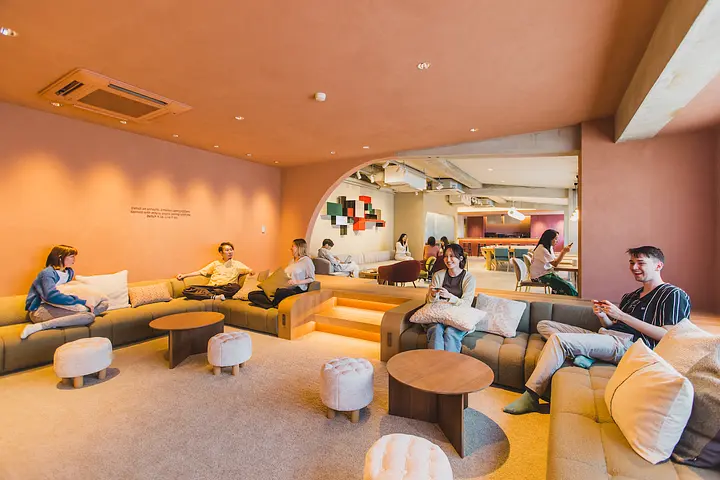





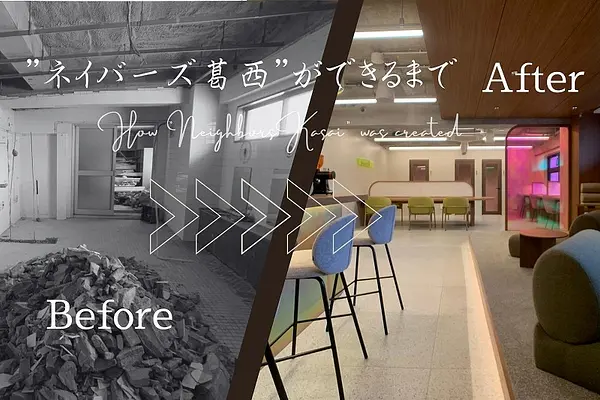
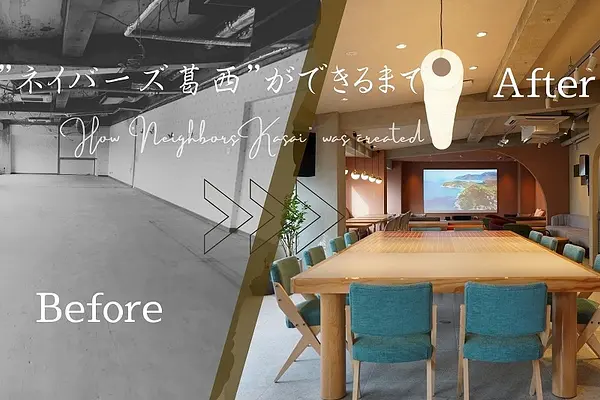


![東京の下町!葛西とは一体どんな街?(前編) | ネイバーズ葛西[エリア紹介]](https://sa-site-production-strg.s3.ap-northeast-1.amazonaws.com/esek7w9ptmcv7j2nw1e4po4wkstp)

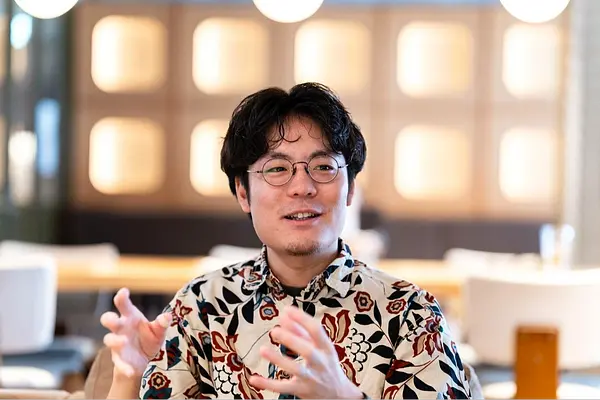


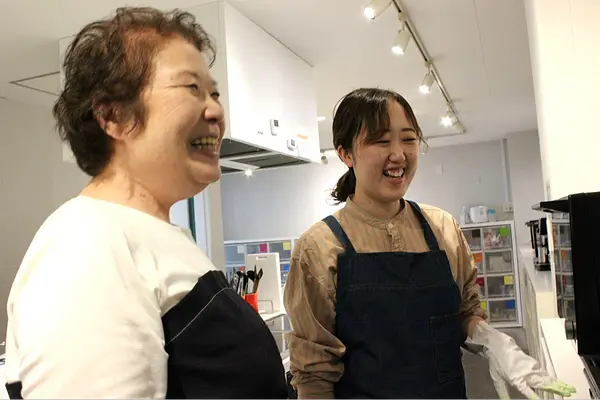

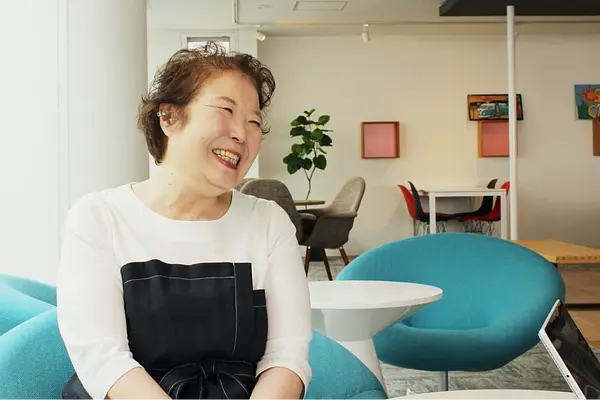
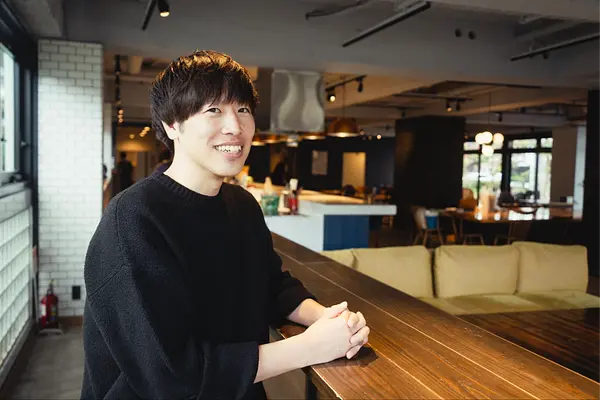
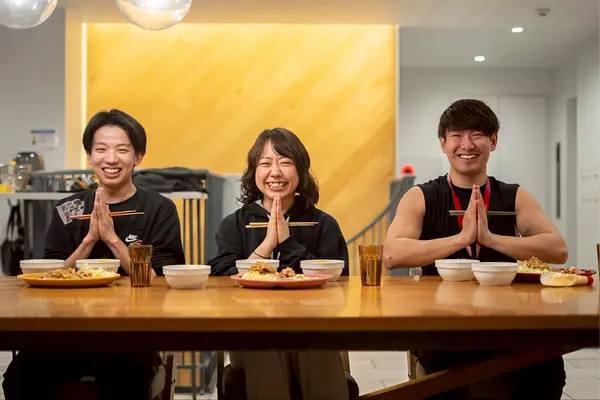
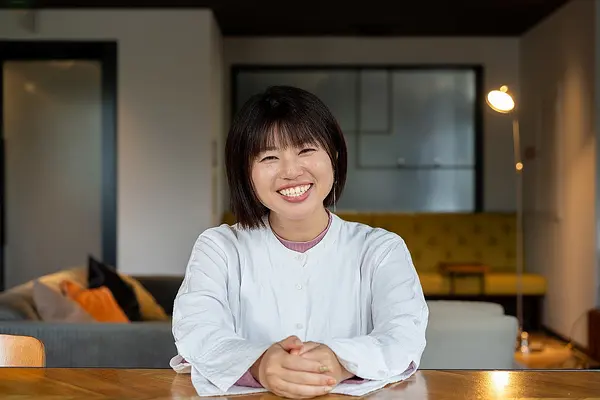

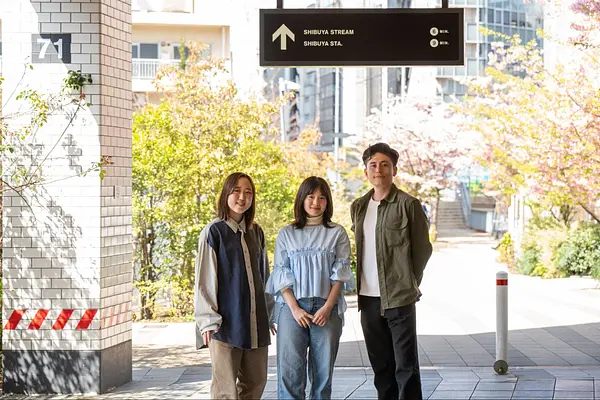



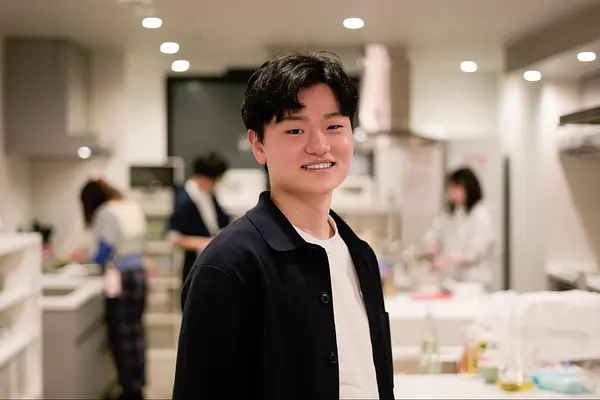
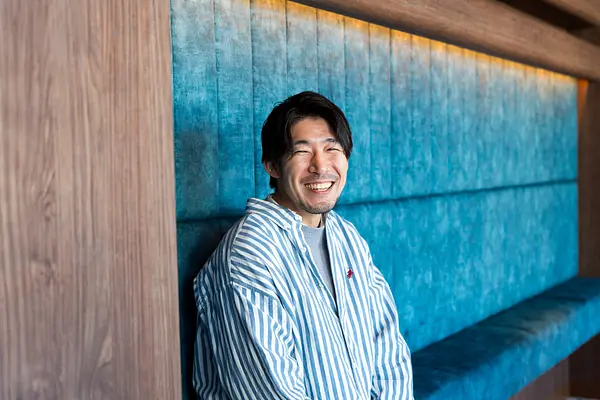


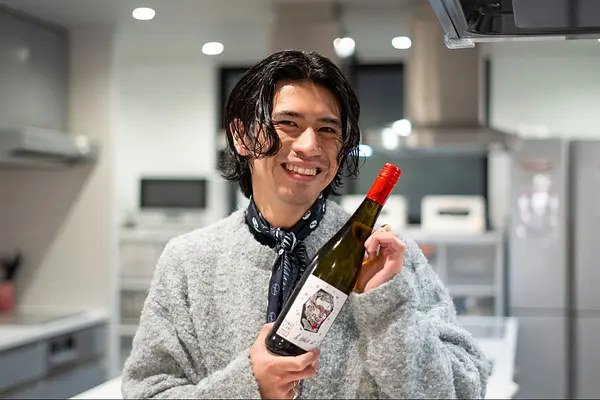
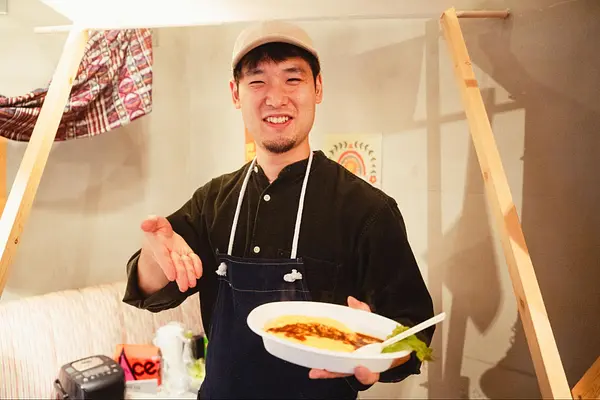

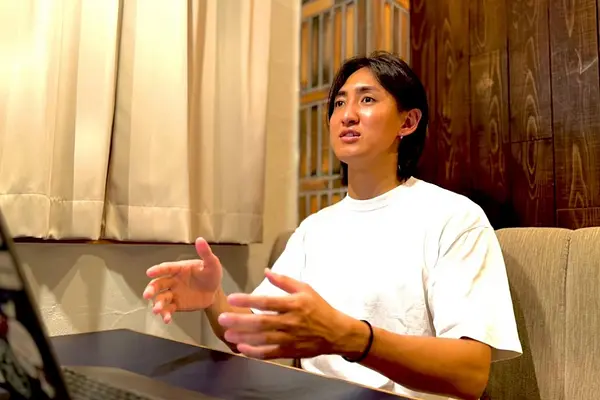
!["How’s The Community Actually?" - The Atmosphere of Community Revealed Through Various Living Experiences [Interview]](https://sa-site-production-strg.s3.ap-northeast-1.amazonaws.com/n95c5ksoi29szp2v8mgip1f6c58n)
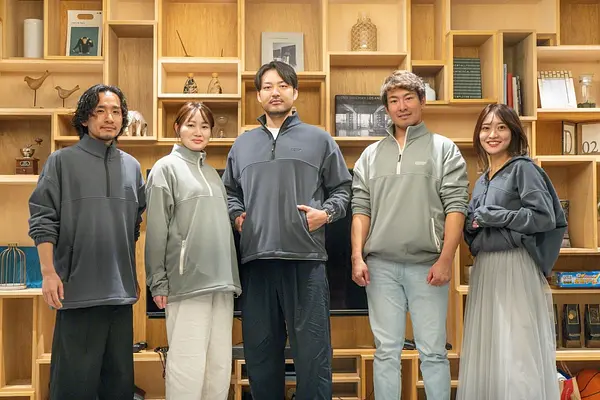
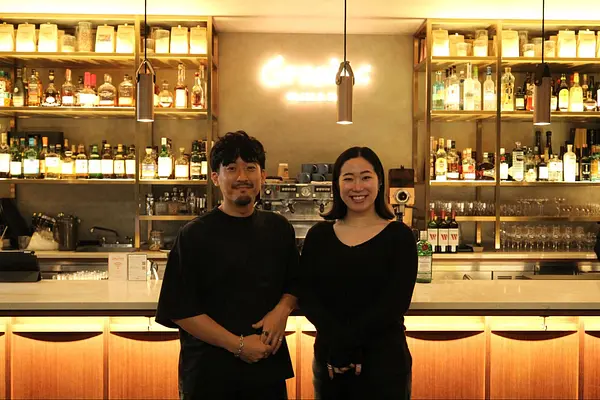
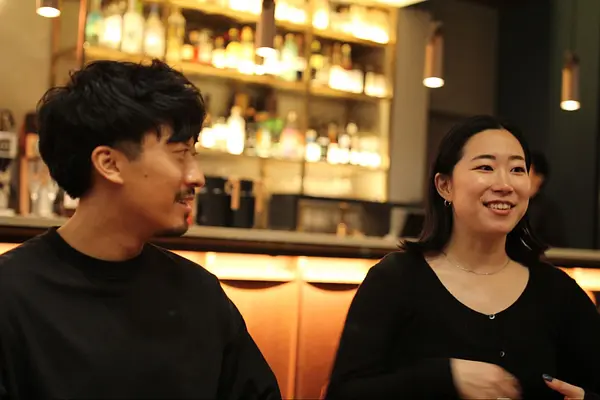

![[Resident Interview] From Speaking Zero Japanese to Achieving Conversational Level in Just 6 Months by Living in a Social Apartment](https://sa-site-production-strg.s3.ap-northeast-1.amazonaws.com/jxzizvaqsxi3ips1j47dkwk4savp)


![大阪3物件の入居経験者に聞いた"オープニングメンバー"の魅力とは? | ネイバーズ江坂 [インタビュー]](https://sa-site-production-strg.s3.ap-northeast-1.amazonaws.com/puv95v62ik8u6yohuennujfun2x5)
![ワールドネイバーズカフェ護国寺で働くスタッフの想い | ワールドネイバーズ護国寺 [インタビュー]](https://sa-site-production-strg.s3.ap-northeast-1.amazonaws.com/jm7qhnahwy58tujy6eme4vt0gaqw)
![ソーシャルアパートメントはロールモデルの宝庫。就活後に入居を決めた理由とは<後編> | ネイバーズ東十条 [インタビュー]](https://sa-site-production-strg.s3.ap-northeast-1.amazonaws.com/0klh7ktq1j5yrpyx0ob5rbo6fzcj)
![ソーシャルアパートメントはロールモデルの宝庫。就活後に入居を決めた理由とは<前編> | ネイバーズ東十条 [インタビュー]](https://sa-site-production-strg.s3.ap-northeast-1.amazonaws.com/0imxikh39n29q5cjimjm74y0zrab)
![「やってみたい」を一緒に叶える仲間と繋がる暮らし。4物件80人で実現した大運動会 | ソーシャルアパートメント宮前平 [インタビュー]](https://sa-site-production-strg.s3.ap-northeast-1.amazonaws.com/r8nyxbs5rhoyffd6f0szce0innpf)
![必要なのは好奇心と少しの思い切り | ネイバーズ五反田 [インタビュー]](https://sa-site-production-strg.s3.ap-northeast-1.amazonaws.com/y0z69d53xmqqp0hex5mhpi7h0lm0)
![きっかけは幼なじみのInstagram?一歩踏み出すのは誰かの些細な一言 | ネイバーズ立川 [インタビュー]](https://sa-site-production-strg.s3.ap-northeast-1.amazonaws.com/eowkeclvq9pekszwtklhjl9buecw)
![幅広い年齢層・国籍が交差する環境で学生時代を過ごすということとは<後編> | ワールドネイバーズ護国寺 [インタビュー]](https://sa-site-production-strg.s3.ap-northeast-1.amazonaws.com/ikafi958yqy8p1x1h7paxvnwvql7)
![幅広い年齢層・国籍が交差する環境で学生時代を過ごすということとは<前編> | ワールドネイバーズ護国寺 [インタビュー]](https://sa-site-production-strg.s3.ap-northeast-1.amazonaws.com/l92j1wrnana2kr0yrn14u88tqzlq)
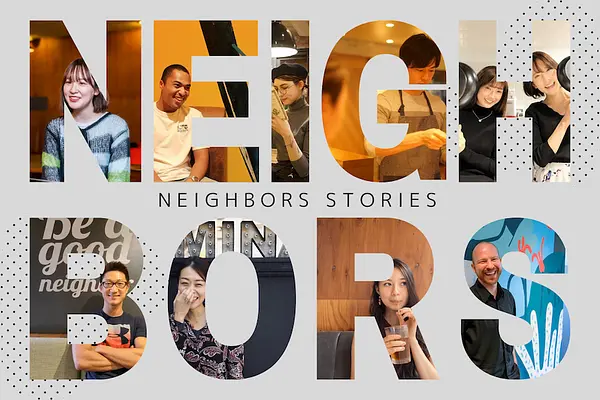
![上京時にソーシャルアパートメントという選択肢 | ソーシャルアパートメント大泉学園 [インタビュー]](https://sa-site-production-strg.s3.ap-northeast-1.amazonaws.com/g92g4p92trjignuw87ae1msetxap)
![自然な交流を生み出す住まいに魅せられて | ソーシャルアパートメント三鷹 [インタビュー]](https://sa-site-production-strg.s3.ap-northeast-1.amazonaws.com/gijfv37vtenl104ol5f2mj040hwa)
![特技はヴィーガンチーズケーキ作り?料理をとことん楽しむ吉祥寺暮らし | ネイバーズ井の頭公園 [インタビュー]](https://sa-site-production-strg.s3.ap-northeast-1.amazonaws.com/3modm8zsssu2pb0h8jueaqdgo6wi)
![男性2人に聞いた、暮らしの一問一答 | ターミナルズ高槻 [インタビュー]](https://sa-site-production-strg.s3.ap-northeast-1.amazonaws.com/bo8eqs8prxj8umurpgb56sdubsld)
![男女ペアに聞いた、暮らしの一問一答 | ターミナルズ高槻 [インタビュー]](https://sa-site-production-strg.s3.ap-northeast-1.amazonaws.com/dmiopgitie2z3v8c60al680ggb4t)
![女性2人に聞いた、暮らしの一問一答 | ターミナルズ高槻 [インタビュー]](https://sa-site-production-strg.s3.ap-northeast-1.amazonaws.com/nwj20uazpp4waybl9666o46lb83f)
![「意図せず交流が生まれる場」.andworkとSOCIAL APARTMENTの共通点 | FILMS和光 [インタビュー]](https://sa-site-production-strg.s3.ap-northeast-1.amazonaws.com/5j2xtbaeo1w6ok4uc1b5hmfex5tp)
![入居者約60人を集めた「ボディメイキング コンテスト」主催者が語る企画の裏側 | ワールドネイバーズ護国寺 [インタビュー]](https://sa-site-production-strg.s3.ap-northeast-1.amazonaws.com/wftnprnselp6cg7byzf4hezs1j03)

![幼なじみと入居したソーシャルアパートメントでの暮らし | ターミナルズ高槻 [インタビュー]](https://sa-site-production-strg.s3.ap-northeast-1.amazonaws.com/4dwlhvri1wiz3j9mx7sv7fkoosoj)


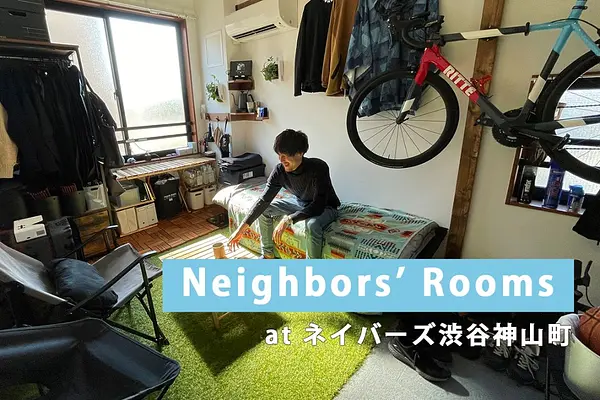
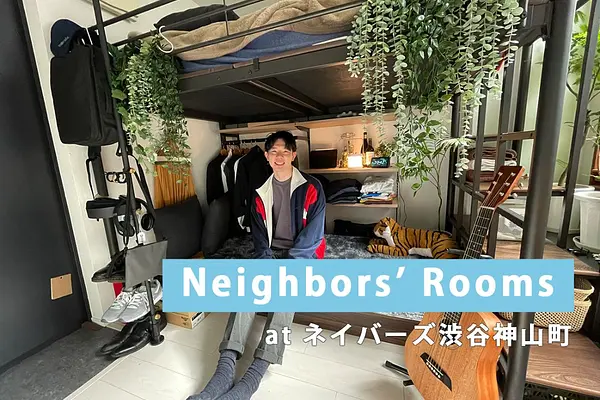
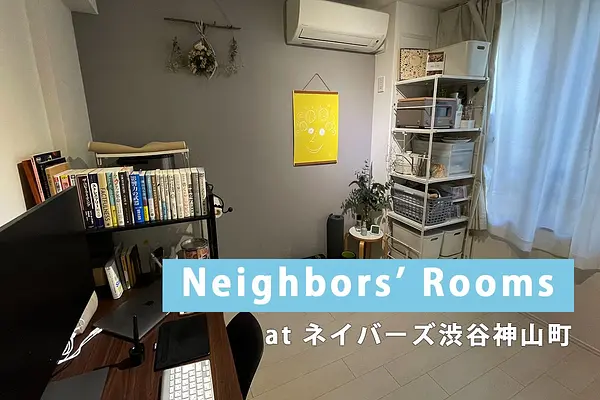
![日本とアメリカを繋げることができたら | ネイバーズ渋谷神山町 [インタビュー]](https://sa-site-production-strg.s3.ap-northeast-1.amazonaws.com/f64gkjxghdo46gco54pf1xl4ewro)

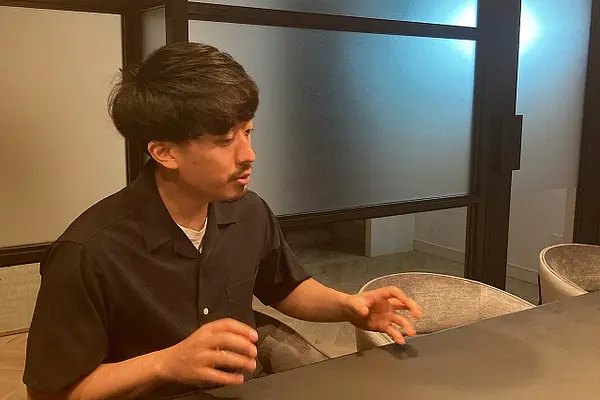





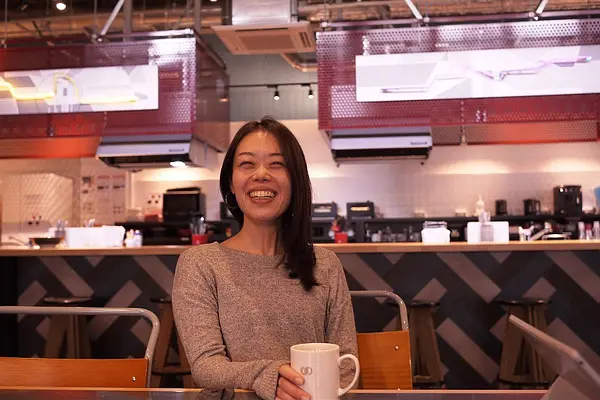
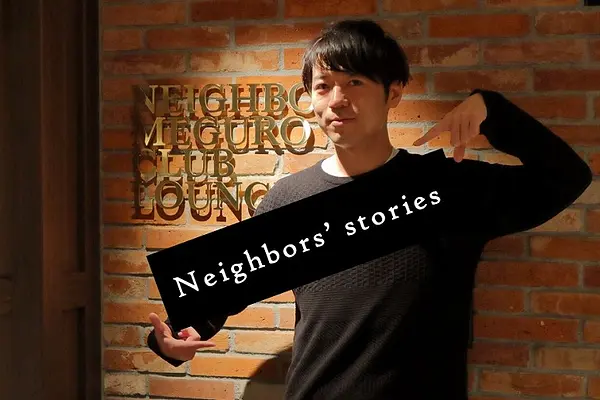


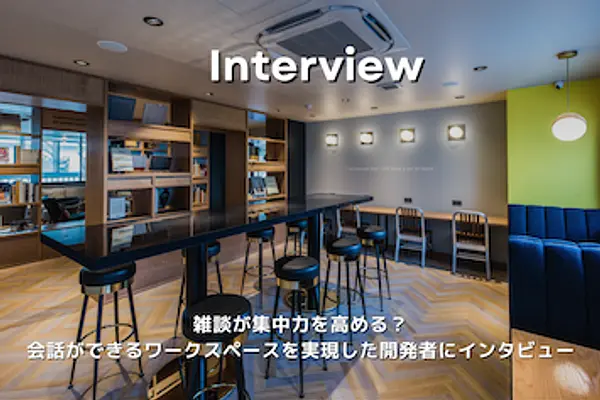
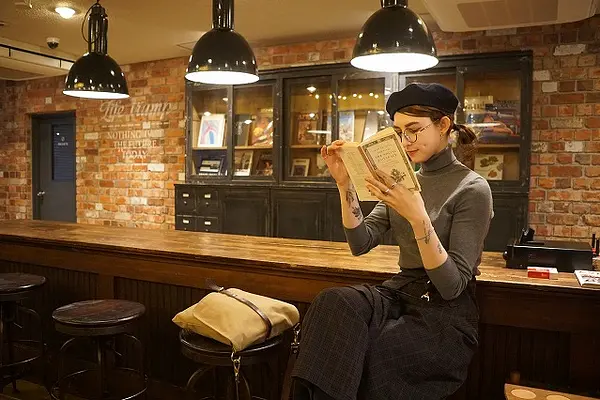
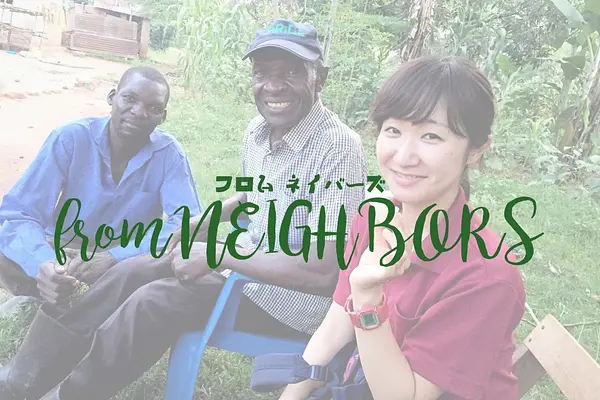


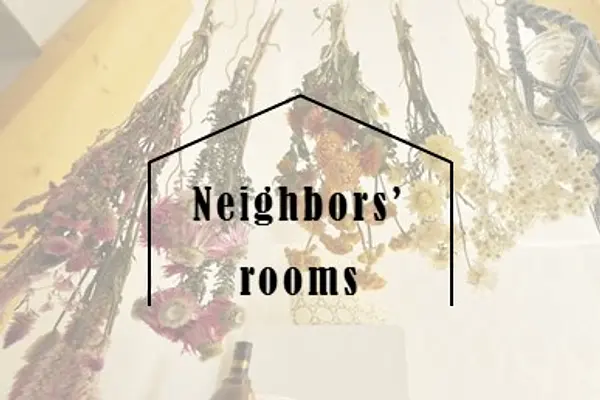

![[New Property: NEIGHBORS HANEDA] 1st Pre-Opening Tour](https://sa-site-production-strg.s3.ap-northeast-1.amazonaws.com/9tiw65w7hjwi76y06w7o9zc9v0r8)
